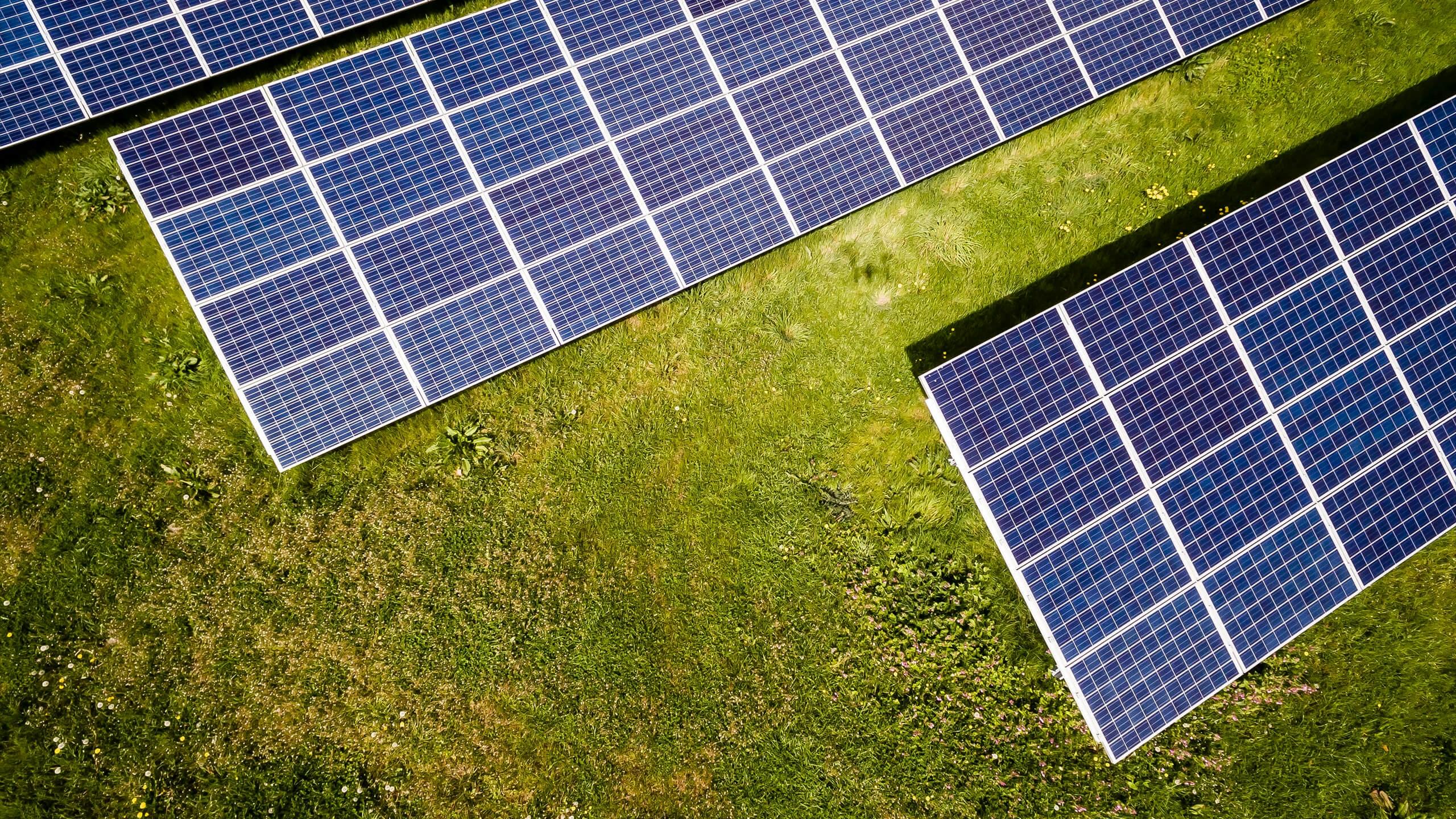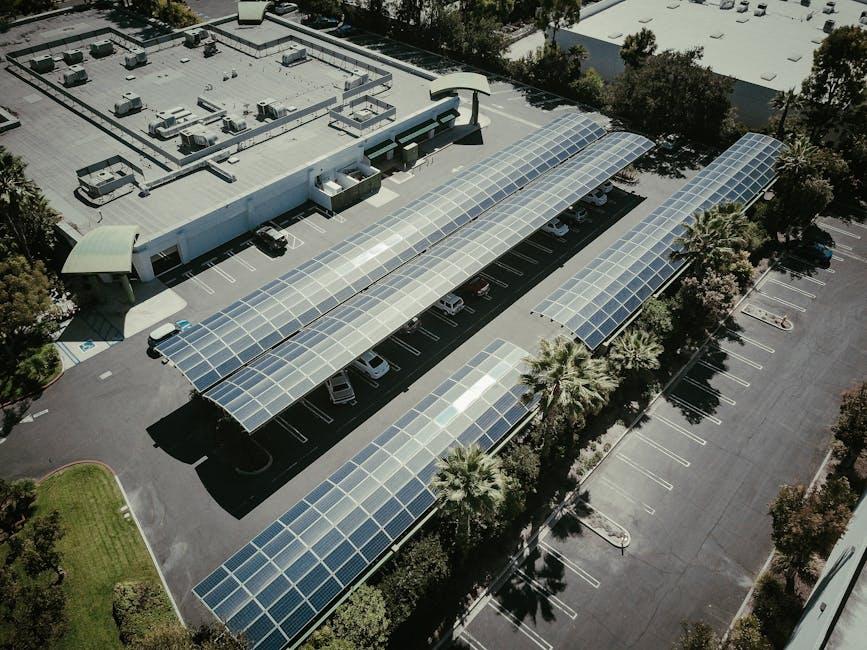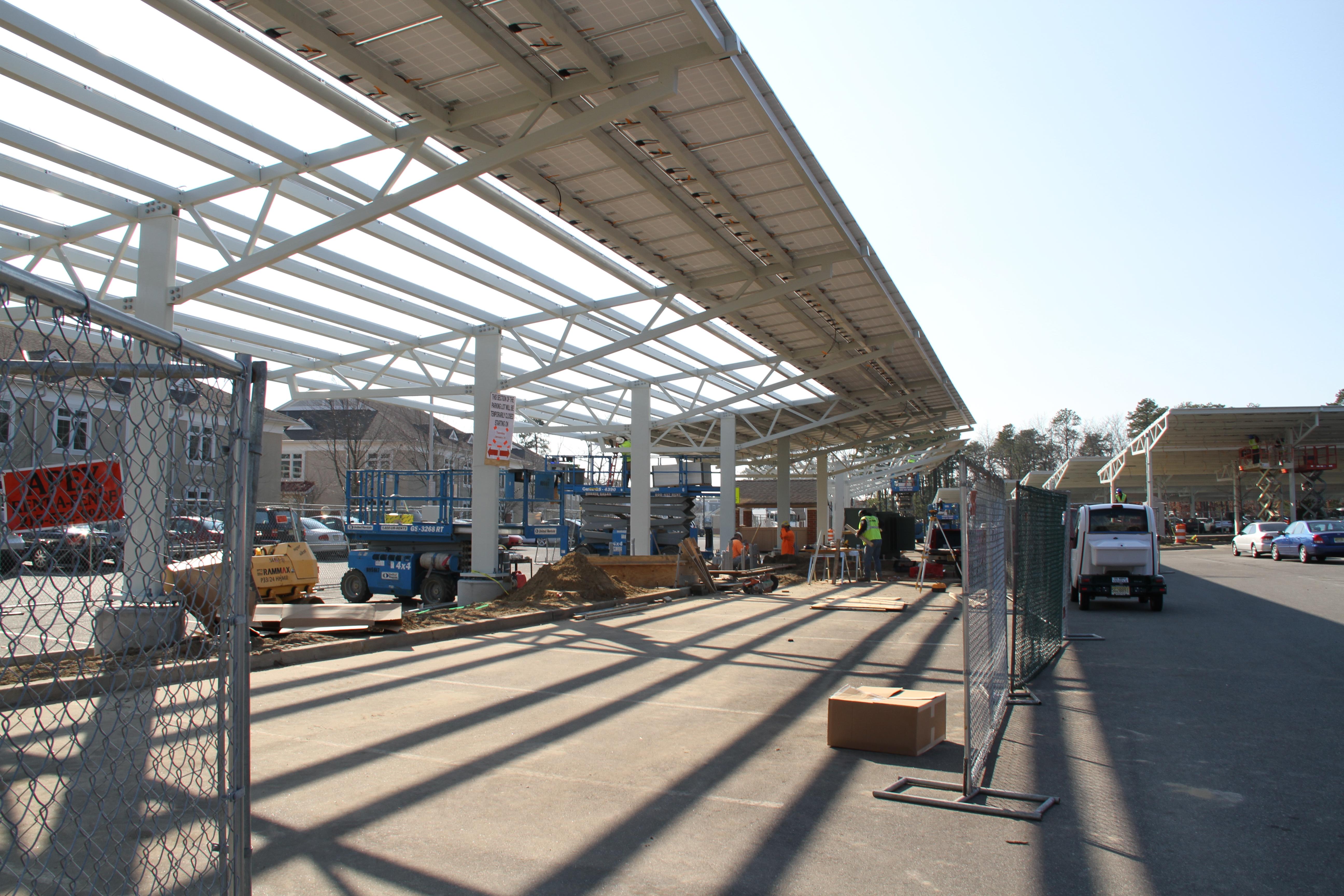In an era where sustainability is no longer just a buzzword but a necessity, solar carports are emerging as a pragmatic solution, merging functionality with eco-conscious innovation. These structures, which serve the dual purpose of protecting vehicles and harnessing solar energy, are steadily gaining traction among homeowners and businesses alike. Yet, as interest in solar carports grows, so too does the curiosity surrounding their installation costs. Understanding the financial landscape of solar carport installation is crucial for anyone considering this green upgrade. This article delves into the various factors influencing these costs, providing a comprehensive guide to help potential adopters navigate their investment in clean energy with confidence and clarity.
Understanding the Components of Solar Carport Installation Costs
When considering the investment in a solar carport, it’s crucial to understand the various elements that contribute to the overall installation cost. These components can vary significantly based on the specific design and location requirements. A few of the key cost drivers include:
- Design and Engineering: The complexity of the carport design and the need for custom engineering can influence costs. Unique architectural designs or modifications to fit existing structures may add to the expense.
- Materials: The choice of materials for the carport structure, such as steel or aluminum, can impact the price. Opting for high-quality materials ensures durability but might increase initial costs.
- Labor: Installation labor costs vary depending on the region and the expertise required. Skilled labor for solar panel installation and electrical work is essential for a successful project.
- Permitting and Approvals: Navigating local zoning laws and obtaining necessary permits can incur additional fees, depending on the municipality’s requirements.
- Electrical Components: The cost of inverters, wiring, and other electrical components needed to connect the solar panels to the grid or storage systems must be considered.
By carefully evaluating these components, you can gain a clearer understanding of the financial commitment involved in setting up a solar carport and make informed decisions that align with your budget and sustainability goals.

Factors Influencing the Price of Solar Carports
When considering the investment in solar carports, several key elements play a pivotal role in shaping the overall cost. The first factor to consider is the design and structure of the carport itself. Aesthetic and functional choices, such as single vs. dual carport designs or the inclusion of additional storage spaces, can significantly impact the price. Moreover, the materials used for construction, whether opting for steel, aluminum, or wood, influence not only the cost but also the durability and maintenance requirements of the installation.
Another crucial element is the solar technology integrated into the carport. The type of solar panels—be it monocrystalline, polycrystalline, or thin-film—affects both efficiency and expense. Local regulations and incentives also play a substantial role. Depending on your location, government incentives or rebates can offset some of the costs, while stringent building codes might increase them. Lastly, the labor costs associated with installation can vary widely based on regional labor rates and the complexity of the project.
- Design and structure
- Materials used
- Type of solar technology
- Local regulations and incentives
- Labor costs

Detailed Cost Breakdown for Solar Carport Projects
When considering the financial aspects of installing a solar carport, it’s essential to delve into the individual components that contribute to the overall cost. The expenses can be broken down into several key categories, each playing a crucial role in the final pricing. Here’s a closer look at the typical cost elements you might encounter:
- Materials: The choice of materials for both the structure and the solar panels themselves significantly impacts the budget. High-quality photovoltaic panels, durable framing, and weather-resistant finishes tend to be more expensive but offer longevity and efficiency.
- Labor: Skilled labor is required for the installation process, from electrical work to the physical construction of the carport. The complexity of the design and the experience of the workforce can cause variations in this cost.
- Permits and Inspections: Navigating local regulations often involves acquiring permits and undergoing inspections, which can add to the project’s cost. These fees ensure compliance with safety and environmental standards.
- Design and Engineering: Customized designs or engineering solutions may incur additional fees, especially if the carport must be tailored to specific site conditions or aesthetic preferences.
- Maintenance and Monitoring Systems: Investing in monitoring systems for efficiency tracking and scheduling regular maintenance can incur additional initial costs, ensuring the longevity and performance of the solar installation.
By understanding these cost components, potential investors can make more informed decisions and effectively plan their budget for a solar carport project, balancing between immediate expenditures and long-term savings.

Expert Tips for Reducing Solar Carport Installation Expenses
- Shop Around for Competitive Quotes: Before committing to a solar carport installation, it’s crucial to gather quotes from multiple providers. This not only ensures you receive the best possible price but also gives you an insight into the range of services and quality offered by different companies. Compare not just on price, but also on the warranty, materials used, and installation timeframes.
- Consider DIY Options: For those who are handy and have some experience with construction, exploring DIY solar carport kits can be a cost-effective option. These kits often come with detailed instructions and can significantly cut down on labor costs. However, ensure that local regulations and building codes are followed to avoid any compliance issues.
- Maximize Incentives and Tax Credits: Take advantage of any available incentives or tax credits to offset costs. Research federal, state, and local programs that encourage renewable energy adoption, as they can provide substantial savings on your overall expenses.
- Optimize the Design: Work with your installer to develop a design that maximizes efficiency while minimizing material costs. Simple, streamlined designs often require less labor and fewer materials, which can translate into significant savings.
The Conclusion
As we draw the curtain on our exploration of the , it’s clear that the fusion of sustainability and innovation is not just a trend but a necessity for the future. Solar carports stand as a testament to the power of harnessing sunlight, offering both shade and energy in one elegant package. While the costs may vary, influenced by factors such as location, materials, and design complexity, the investment promises long-term rewards both financially and environmentally. As you contemplate the potential of adding a solar carport to your property, remember that every ray captured is a step towards a brighter, greener future. Whether you are driven by the allure of energy independence or the call of eco-conscious living, the choice to embrace solar carports is a stride into a world where innovation meets sustainability.

































